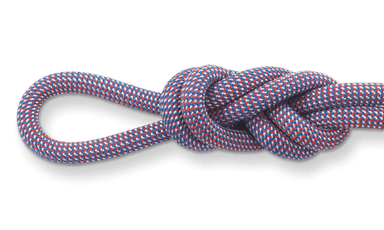
Dynamic rope designed specifically for big wall and trad climbing.

Dynamic rope designed specifically for big wall and trad climbing.

Lightweight dynamic rope designed specifically for sport climbing.
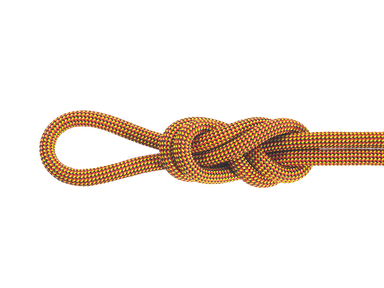
Airliner is ultra-light, ultra-skinny and perfect for quick ascents with long pitch
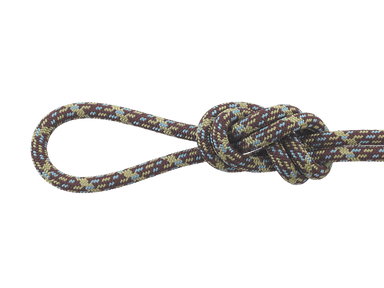
Unity series provides outstanding performance for routes with long treks

Static rope with unparalleled feel and exceptional performance.
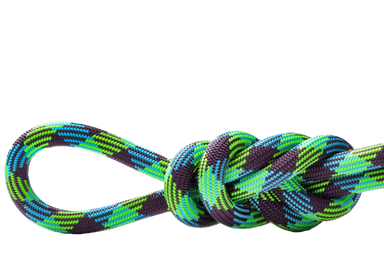
Durable dynamic rope perfect for climbing in harsh environments.
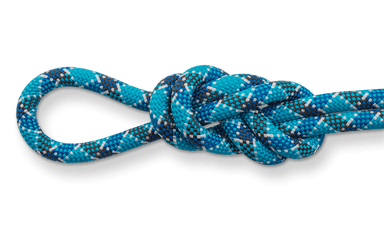
Dynamic rope designed specifically for indoor gym climbing.
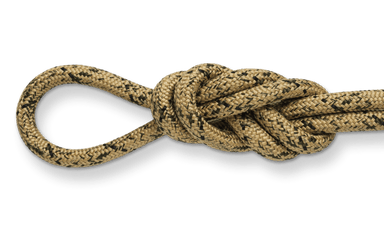
Lightest, most compact static rope for tactical operations.
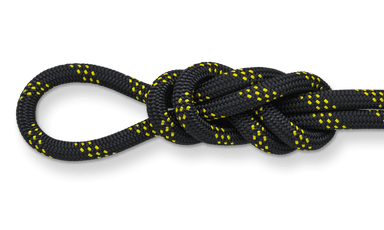
Static rope enhanced for big wall hauling, caving, or fixed line installations.
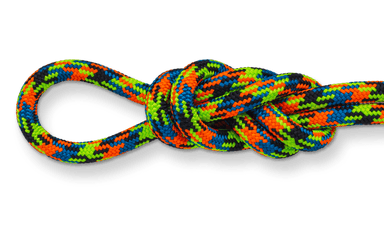
Exceptionally static rope designed specifically for SRT climbing.

Arborist climbing rope for SRT and DdRT climbing.

Static Kernmantle Rope excellent for SRT Climbing, rappelling and rescue
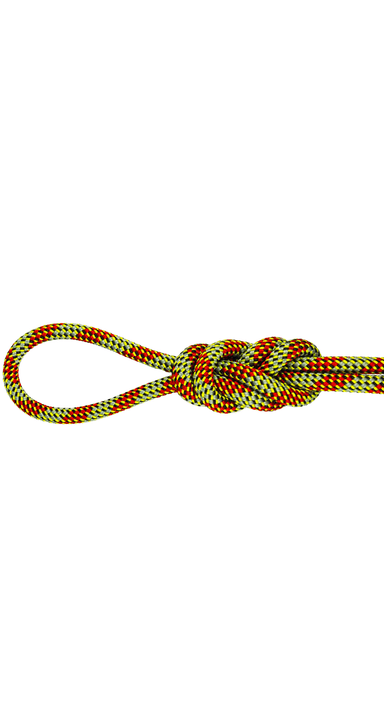
Static kernmantle rope for arborist climbing applications.
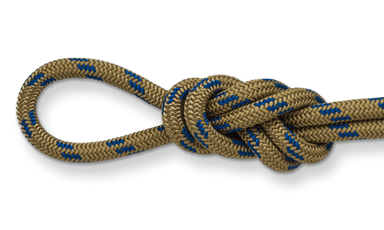
Lightweight multi-purpose cord for accessories and personal items.
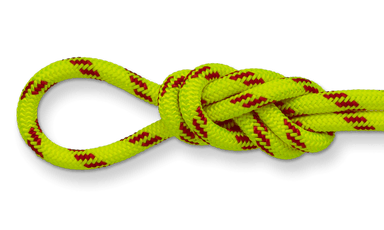
Lightweight multi-purpose cord for accessories and personal items.
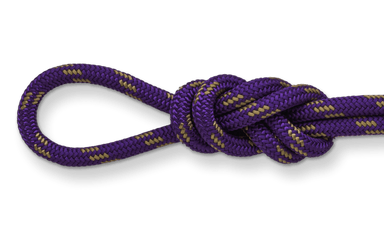
Lightweight multi-purpose cord for accessories and personal items.
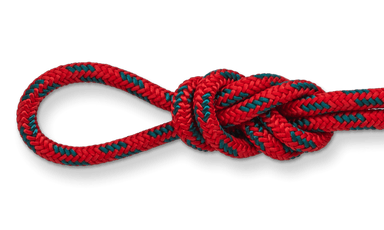
Lightweight multi-purpose cord for accessories and personal items.

Lightweight multi-purpose cord for accessories and personal items.
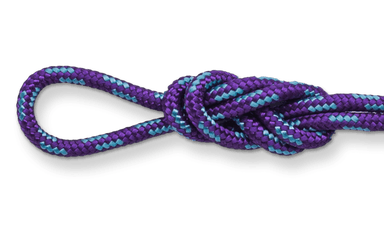
Lightweight multi-purpose cord for accessories and personal items.

Weather-resistant and durable multi-purpose accessory cord.
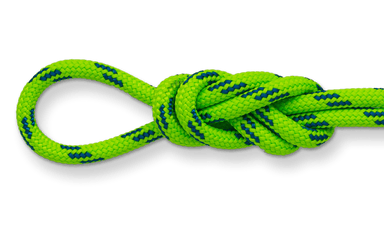
Weather-resistant and durable multi-purpose accessory cord.
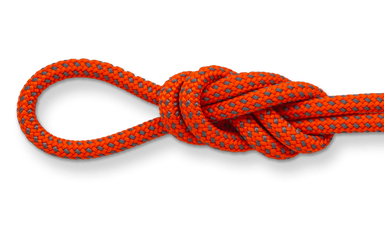
Weather-resistant and durable multi-purpose accessory cord.
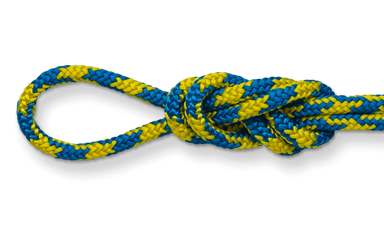
Weather-resistant and durable multi-purpose accessory cord.
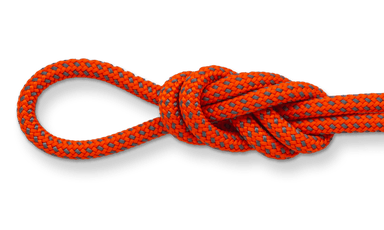
Weather-resistant and durable multi-purpose accessory cord.
If you're shopping for climbing ropes, you need to check this out. Our collection of indoor and outdoor climbing line has the best prices on popular rope brands like Maxim Climbing Ropes, Petzl, and everything in between.
The challenges and payoff of climbing are clear. There’s the climb itself, where you’re blocking out the world around you and staying tuned into the rhythm of the route. And then there’s the rappel, one of the closest things to flying without your pilot’s license. Whether you’re in it to push your limits, or you’re just savoring as many sweet moments in the outdoors as possible—we’re stocking our favorite ropes, harnesses, and accessories to get you out on the wall.
Dynamic climbing cords are by far the most important piece of gear a climber can have (unless you’re Alex Honnold…). They keep you safe and ultimately they are your safeguard against hitting the ground. The nylon material used to make climbing cords has a very high natural elongation, which translates the impact in the event of a fall from you onto the gear. Most high quality dynamic climbing lines are made with a kernmantle construction and twisted nylon cores and a braided nylon cover. One of the top priorities of a climbing rope is abrasion resistance and weather resistance. Since climbing lines rub against the wall and over sharp rock edges, durable materials and quality construction are necessary to maintain the rope’s integrity.
The weight of a climbing rope is mostly determined by the diameter and length. In most cases, a thinner rope is going to be lighter than a thicker rope, however, the construction of the core and cover is a factor that can make a thinner rope heavier than a thick rope. Most rope weights are going to be measured and reported as pounds per foot, making it simple to compare weight regardless of the overall length or diameter.
Dry Treatment: When a line absorbs water, it gets heavy fast. And not just that, it also loses its ability to withstand kinetic energy in a fall. When it’s cold enough for water to freeze, the line gets stiff and unmalleable on the climb. In order to prevent this, rope manufacturers will coat the cover or sheath with a dry treatment, essentially waterproofing the core of the rope. Since most sport climbers will pack up and head home when it rains, dry treated lines are especially important for ice climbing, mountaineering, and multi-pitch trad climbing.
Middle mark: Most climbing lines include a middle mark, either dye or a contrasting pattern on the cover, to help the climber identify the middle of the rope. This is important when rappelling and climbing.
Bicolor: Some ropes feature a bicolor pattern, which means the rope has two patterns: one pattern for one half of the rope, and one pattern for the other half. This is often favored by climbers as a middle mark since dye will often fade.
What type of rope is best for rock climbing?
Climbing lines need to be dynamic in order to protect you in the event of a fall. Dynamic ropes stretch due to their use of nylon material. Nylon is naturally both elastic and strong, lending itself perfectly towards use in climbing and mountaineering.
What is the difference between SRT & DdRT?
SRT (Stationary Rope Technique) and DdRT (Double Rope Technique) climbing.
SRT: In SRT climbing, a single static rope is attached to the climber's harness and anchored to the tree. The climber ascends and descends the tree using mechanical ascenders, such as a rope wrench or a mechanical friction device, which grip the static rope. The climber relies on mechanical ascenders to ascend the static rope. These devices grip the rope as the climber applies upward force and slide easily when the climber applies downward force. SRT climbing often requires specific mechanical ascenders or friction devices.
DdRT: In DdRT climbing, the climber uses two ropes. One rope, called the working line or main line, is attached to the climber's harness and anchored to the tree. The other rope, called the safety line or secondary line, is attached above the climber and provides a backup safety line. The climber ascends and descends the tree using various climbing techniques, such as foot locking or using friction devices like a friction hitch. The climber typically uses climbing techniques that involve friction on the main line, such as foot-locking, climbing with a friction hitch, or using other friction-based devices like a climbing system or mechanical ascender. DdRT climbing can be done with basic climbing equipment such as harness, ropes, and friction hitch devices.
What is rock climbing with ropes called?
There are many different types of climbing depending on the location, route, and available gear. Single rope climbing uses one thicker rope to ascend a pitch. A double rope system can use either half ropes or twin ropes. Half ropes reduce rope drag by clipping two lines through their own clips as you climb the wall. Twin ropes follow the same climbing pattern and are both clipped together on the wall.
How much does a rock climbing rope cost?
The cost of a climbing rope is determined by a number of factors including length, diameter, material, and durability. In general you can pick up a 200ft (60m) rope between $150 and $300.
Why are climbing ropes so expensive?
Some climbing lines use technology in the cover and core of the rope that increase cost. For instance, some ropes come with a dry protection cover that increases resistance to harsh and wet environments caused by rain or snow. This cover keeps the core of the rope dry for maximized strength and stretch.
What is the rope called in rock climbing?
Climbers need different types of rope for different climbing styles. Single ropes are the most common type and have many applications. They are used for top-roping, sport climbing, trad climbing, and indoor gym climbing. Standard single ropes come in diameters between 9.5mm to 11mm. Higher-end single ropes are thinner with a diameter around 9mm and feature smooth, dry-treated covers to protect against wet and harsh conditions on the rock.
Half ropes are designed to be used in pairs through separate clips, and are commonly used in applications like ice climbing, alpine climbing, and mountaineering. Standard half ropes range in diameter from 7.9mm to 9mm and are lightweight and dry-treated for use in cold and wet conditions.
Twin ropes are also engineered to be used in pairs, but only as double strands running together through the clips. This, like half ropes, offer redundancy and increased safety while reducing abrasion on sharp rock edges. Twin ropes are commonly used for ice climbing, alpine climbing, and mixed climbing. They range in diameter from 6.9mm to 9mm and are often lighter and thinner than half ropes.
How much weight can a climbing rope hold?
Rope manufacturers and top climbing rope brands go through rigorous tests and quality assurance checks to ensure redundancy, load-bearing strength, and climber safety. Climbing ropes, different from arborist or other static lines used in rope access, are dynamic and stretch under load. Ropes with greater diameter typically have greater load-bearing capacity. Longer ropes, in general, typically are stronger than shorter ropes due to the nature of elasticity. Most single ropes can withstand an impact force of 20-30kN. Half ropes and twin ropes on the other hand are much thinner and lighter, and can only take an impact force of 5-10kN.
